5G is far more than a radio technology. It is a new architecture that is considerably more agile in all fields. This technology is suitable to Communication Service Providers and all industry verticals due to its capacity, latency, agility, dependability, and speeds. The 5G and IoT future vision is about more than linking individual gadgets; this is an enabling technology in the 4th Industrial Revolution that would bring about social change.
5G will enable several essential use cases, ranging from industrial automation to public safety services to utility assistance and linked automobiles. In recent years, the definition of vital infrastructure has expanded to include government networks and data centres, and also infrastructure used by suppliers of basic products or services such as energy, food, raw materials, railways, airports, telecommunications, banks, internet exchanges, water utilities, and hospitals. Lastly, infrastructure is important for high-value companies or is critical to the country's economy.
Experts from STC and Nokia collaborated on a study to improve safety awareness in the telecom sector, offer an understanding of 5G security implications, and clarify some of the frequent concerns surrounding the subject.
Saudi Arabia is paving the way in the adoption of 5G technology, with coverage planned for nearly the whole Kingdom, opening the path for the country and became one of the world's top Digital Economies.
“STC's 5G deployments were meticulously built with security at the forefront, to support Saudi national digital transformation through safe infrastructure, without which no digital economy can exist in today's cyber actuality.” We consider that sharing whatever we have learned with the industry is critical to the Cybersecurity knowledge library,” said Eng. Yasser N. Alswailem, vice president of cybersecurity at STC.
“At the national, regional, and international levels, active collaboration among relevant parties is critical to implementing robust and secure digital infrastructure.” Our collaborative effort with STC on this important topic allowed us to share our respective perspectives on 5G security implications considering the assets that require protection from the threats and risks that need to be safeguarded against, and, most notably, the most common precautionary steps to minimize those risks,” said Khalid Hussain, country senior officer, and STC business group head.
What do we need to protect?
Providing security for 5G necessitates a fundamentally new strategy. 5G networks are complex, integrating physical and virtual infrastructure. Furthermore, the closer integration of telecom and IT infrastructure, services, and operations in a 5G network require a more comprehensive approach to 5G security than it has ever been.
Virtual Network Functions (VNFs) and cloud designs are replacing many traditional 4G network parts in 5G. 5G provides the whole network as a service (NaaS), which is backed by the service-oriented design, virtual network functions (VNFs), cloud core, and dynamic network orchestration/slicing. As a result, 5G network components must be secured from security events at both physical and logical levels.
It is important to know that the criticality of networks and individual network parts should be assessed based on the (possibly interrupted) applications supported by those networks. Perhaps a brief loss of connection in a small geographic area, or effects on latency requirements for a vital service, could have fatal consequences (imagine disruptions of connected car services). As a result, unbroken access to connection is as important as access to energy.
Aside from the infrastructure, this should be noted that any breach of the management solutions also has the potential to cause significant influence on the whole network. Attackers with sufficient rights can shut down the system or access sensitive data if they gain control of the management systems.
Protection against threats
“It is critical to be aware of cybersecurity threats and to implement all required actions to mitigate such risks, depending on standardized security features and market-available further solutions,” underlined eng. Eng. Alswailem of STC.
A mix of three different mitigation scenarios and frameworks is required, depending on the overall network architecture. The first is a 3GPP-specified security framework that incorporates, amongst many other things, an access-agnostic authentication structure better subscription privacy, and user plane protection. In the second category of network security not described by 3GPP, holistic, automatic security management and orchestration method is required. Finally, among other things, strong deployment of the virtualization layer and total cloud platform software would assist to improve the security of the 5G network.
In the 3GPP standards organization, mobile network operators and suppliers established the Security Assurance Methodology (SECAM). NESAS was created inside the GSMA on this premise. National cybersecurity agencies are also participating in the procedure. NESAS is perhaps the most appropriate global security assurance system, and embracing it provides benefits to operators by decreased tender effort, security by default, and quantifiable security.
NESAS also introduces consistent security criteria for network equipment suppliers, and also a show of commitment to safeguarding product development and maintenance. Finally, governments gain from an industry-supported designed plan that introduces fundamental cybersecurity "hygiene." “It is preferable to use globally or at least regionally approved certification methods. It will encourage innovation while still lowering overhead. The GSMA NESAS (Network Equipment Security Assurance Plan) is a promising initiative which can become one such worldwide certification scheme utilizing 3GPP specifications,” said Brahim Ghribi, Nokia's MEA area head of government and public relations.
As we commence on our global Industry 4.0 adventure, 5G is the crucial enabling technology for the future, and it, together with cloud, AI, and robots, will enable us to interconnect the physical, virtual, and biological worlds. These are interesting times, so with this prospect ahead of us, we must guarantee which we can keep up (literally) and capitalize on all of the benefits of 5G, he added.
Network paradigms are evolving, and the 5G network heterogeneous design would include numerous access and infrastructure (physical and virtual) technology which will necessitate specialized attention in terms of cybersecurity.
























 ENG
ENG




























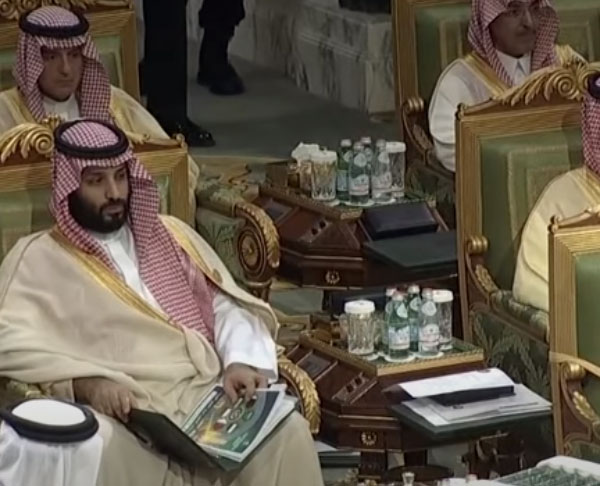
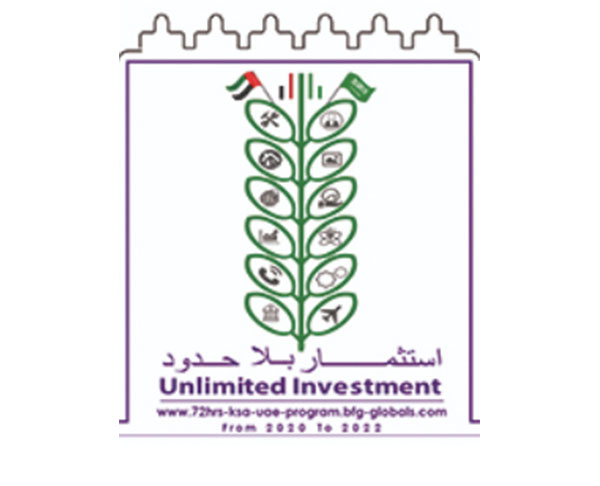



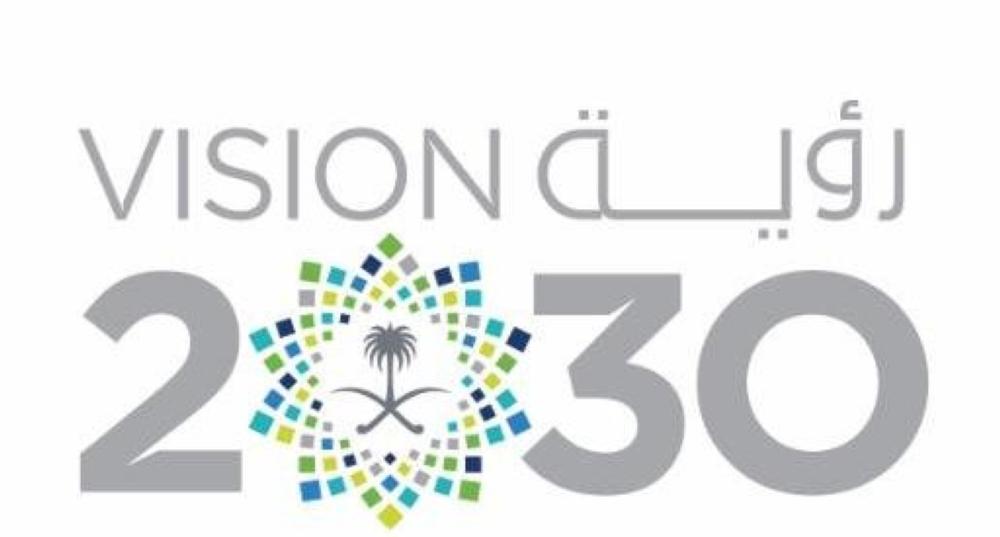
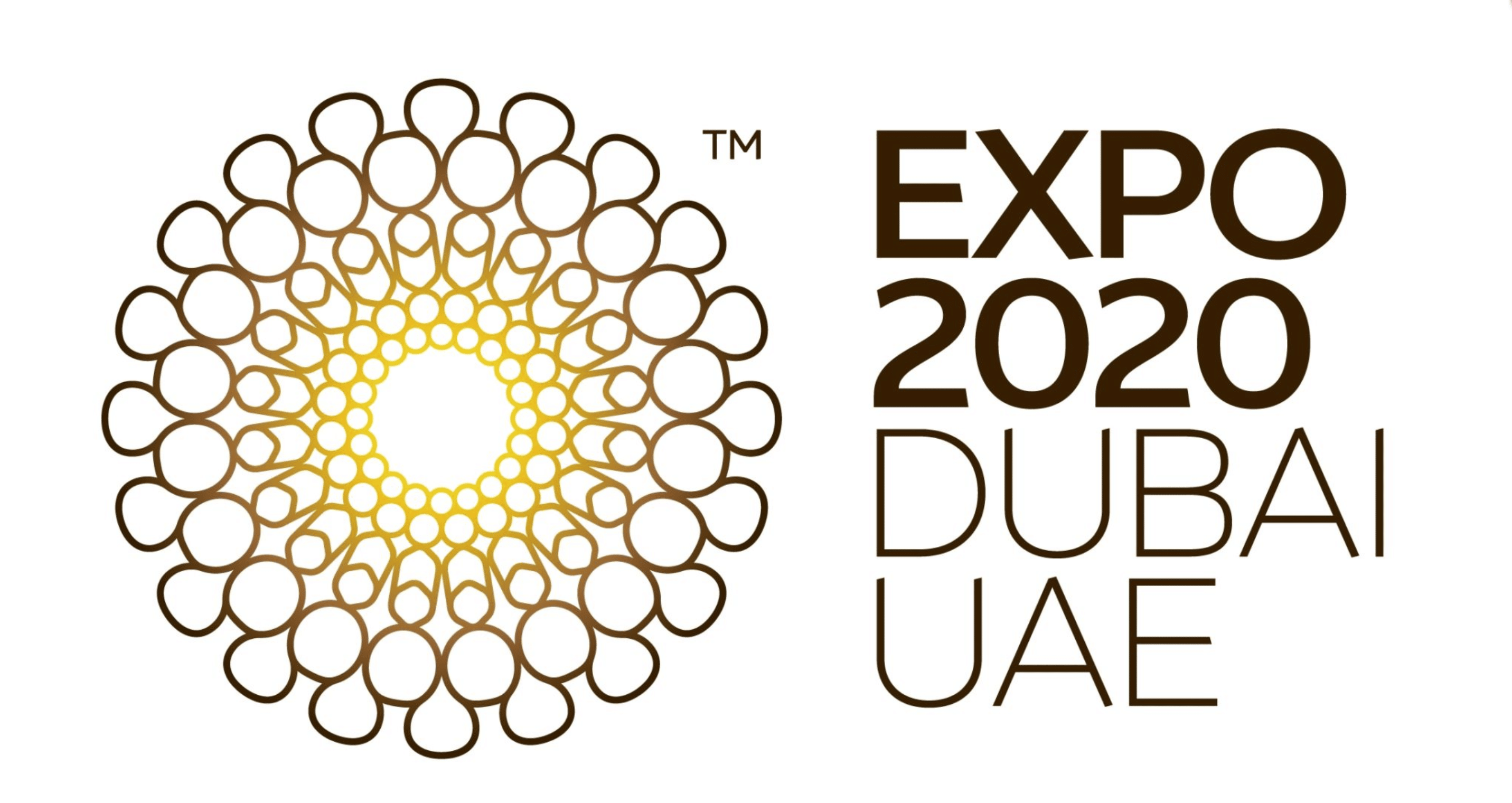
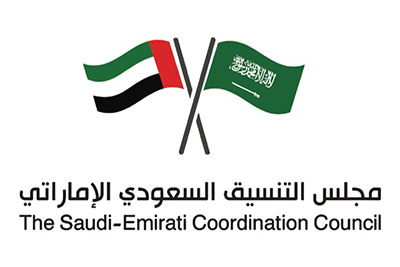



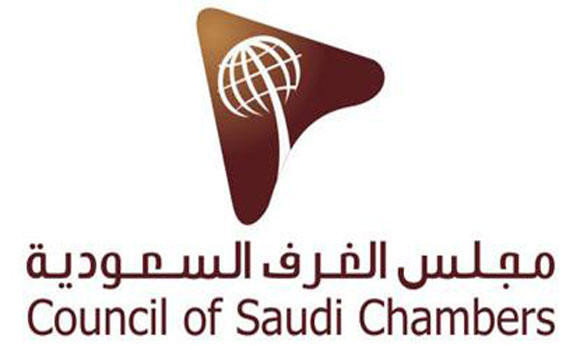


















تواصل معنا